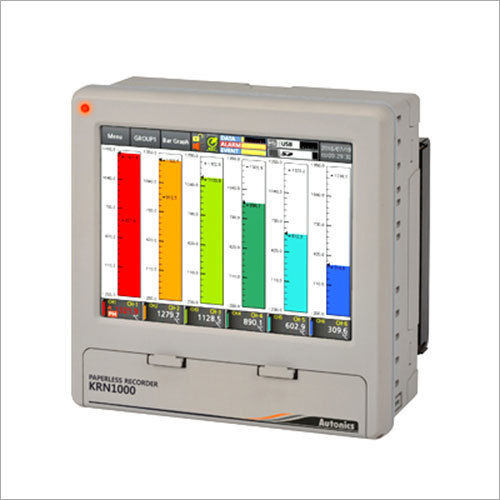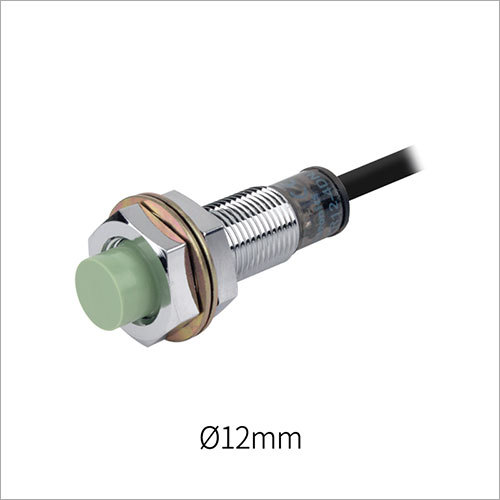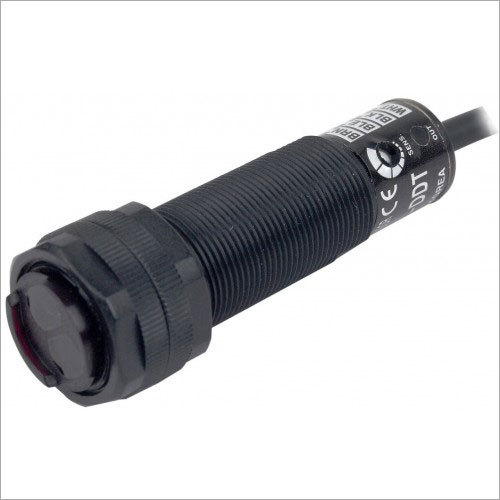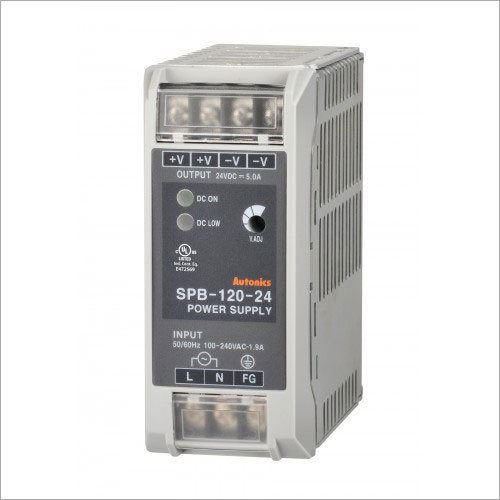
Autonics LCD Touchscreen Paperless Recorder
60000 INR
Product Details:
- Product Type Paperless Recorder
- Supply Voltage 110-220 Volt (v)
- Color Off White
- Warranty Yes
- Click to view more
X
Autonics LCD Touchscreen Paperless Recorder Price And Quantity
- 60000 INR
- 1 Piece
Autonics LCD Touchscreen Paperless Recorder Product Specifications
- Paperless Recorder
- Yes
- Off White
- 110-220 Volt (v)
Autonics LCD Touchscreen Paperless Recorder Trade Information
- Cash in Advance (CID) Cash Advance (CA)
- 100 Piece Per Week
- 1 Days
- All India
Product Description
An LCD touchscreen paperless recorder is an advanced electronic device used for data acquisition, monitoring, and recording of various process parameters in industrial applications. It features a high-resolution LCD touchscreen interface that allows users to easily navigate through menus, configure settings, and view real-time data. The paperless recorder eliminates the need for traditional paper chart recorders by digitally storing recorded data, offering advanced data analysis capabilities, and providing convenient data retrieval and export options.
Frequently Asked Questions (FAQ)
Q: What is an LCD touchscreen paperless recorder?
A: An LCD touchscreen paperless recorder is an electronic device used to record and monitor process parameters without the use of paper charts. It features a touchscreen interface that enables easy operation, data visualization, and data analysis.
Q: What are LCD touchscreen paperless recorders used for?
A: LCD touchscreen paperless recorders are used in a wide range of industrial applications to monitor and record process variables such as temperature, pressure, flow rate, humidity, and more. They are commonly employed in manufacturing, automation, energy management, and laboratory settings.
Q: How does an LCD touchscreen paperless recorder work?
A: An LCD touchscreen paperless recorder captures and records data from various input signals received from sensors or measuring devices. The data is displayed in real-time on the touchscreen interface and stored digitally, eliminating the need for paper charts.
Q: What are the key features of LCD touchscreen paperless recorders?
A: LCD touchscreen paperless recorders offer features such as a high-resolution color display, intuitive touchscreen interface, configurable channels and inputs, data logging capabilities, advanced data analysis functions, alarm notifications, and data export options.
Q: Can LCD touchscreen paperless recorders display multiple parameters simultaneously?
A: Yes, LCD touchscreen paperless recorders can display multiple parameters simultaneously on the screen. They often allow users to configure the layout and arrangement of data channels to suit their specific monitoring requirements.
Enter Buying Requirement Details





